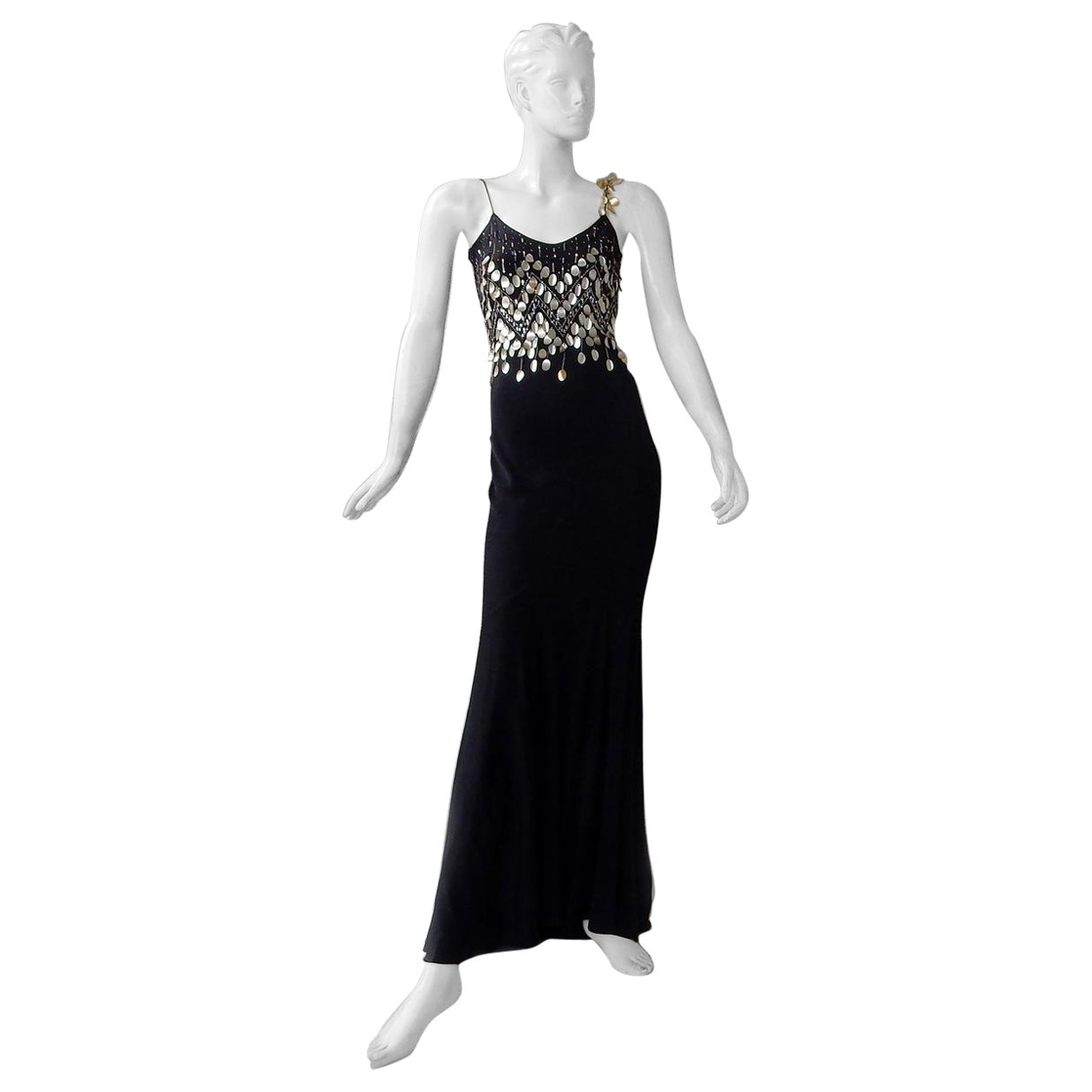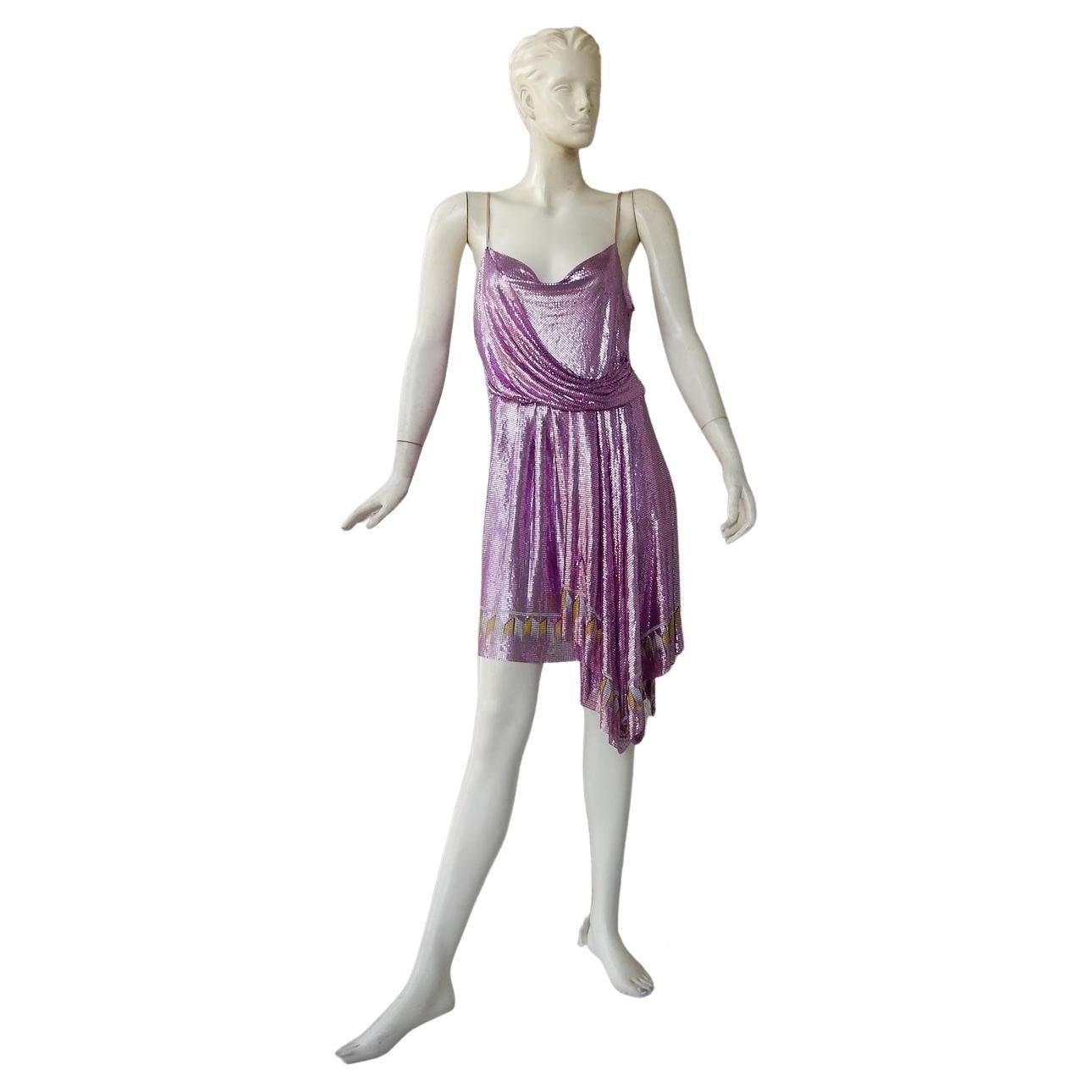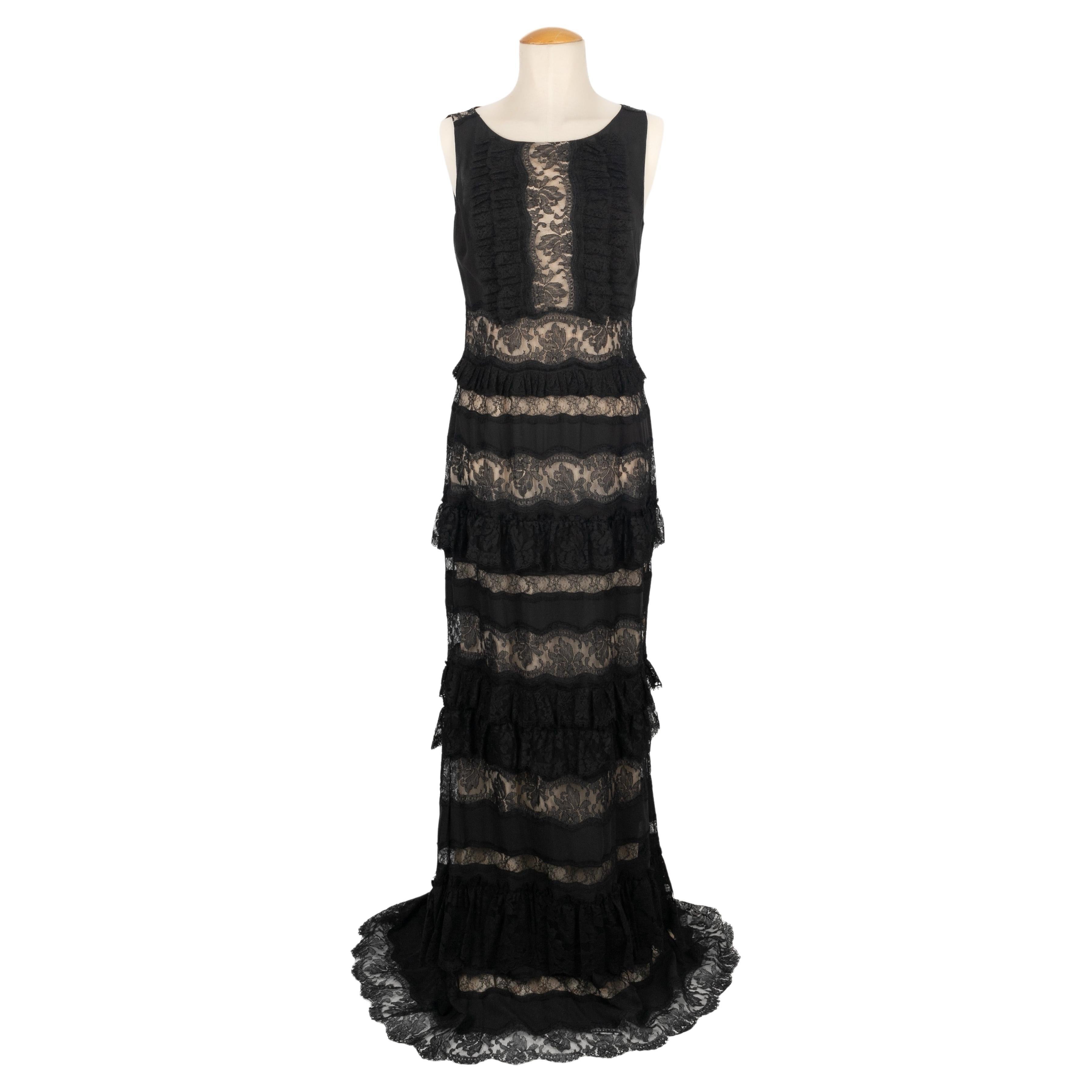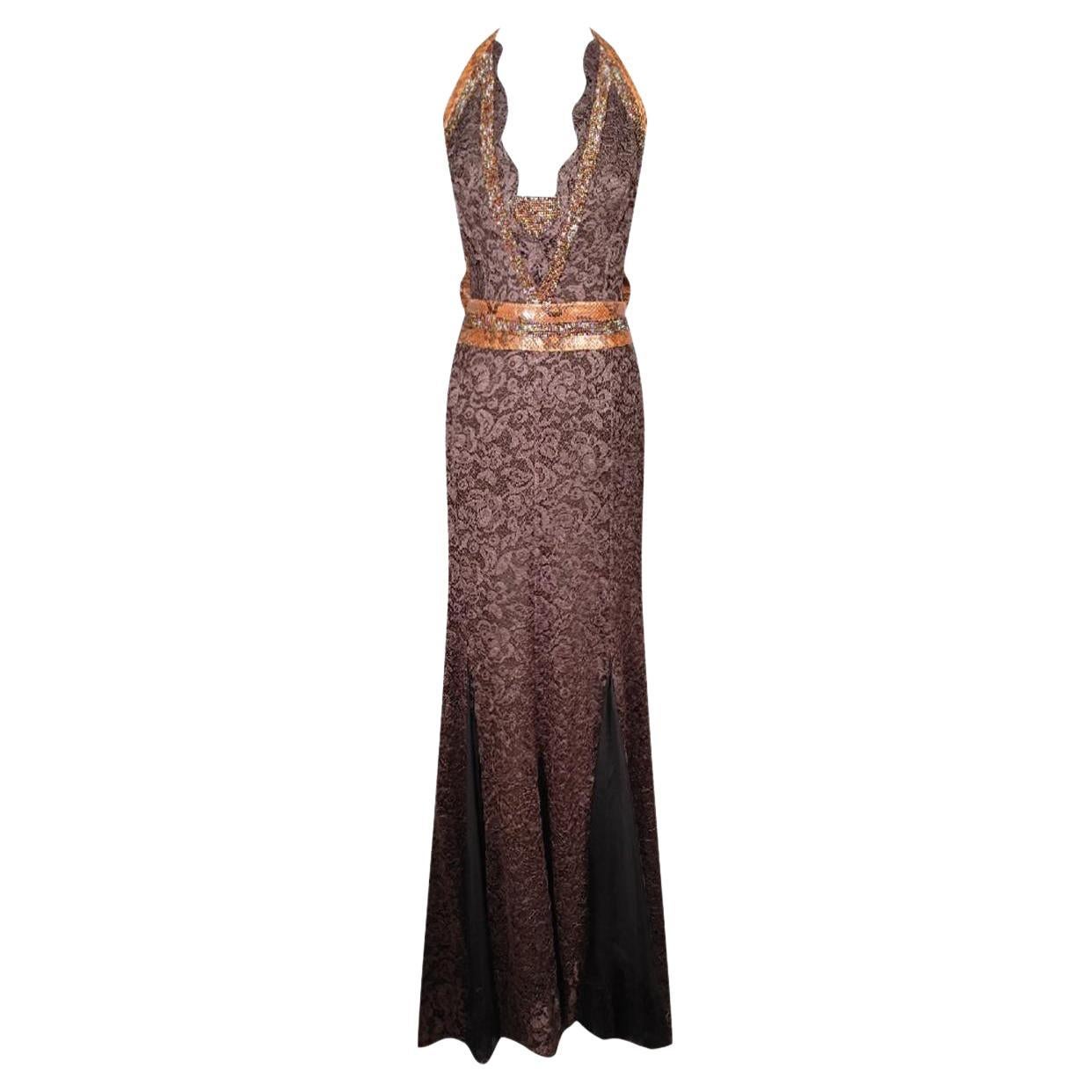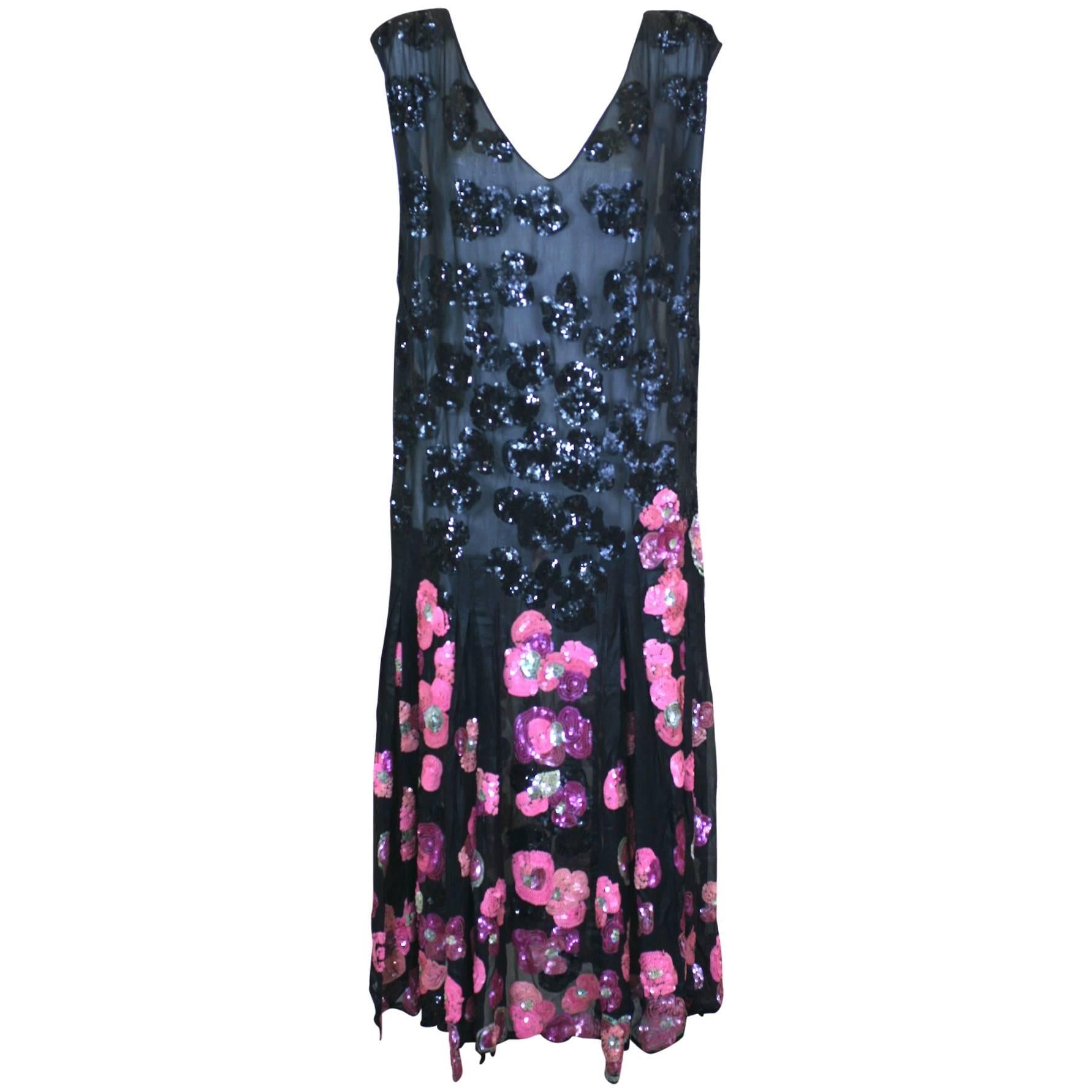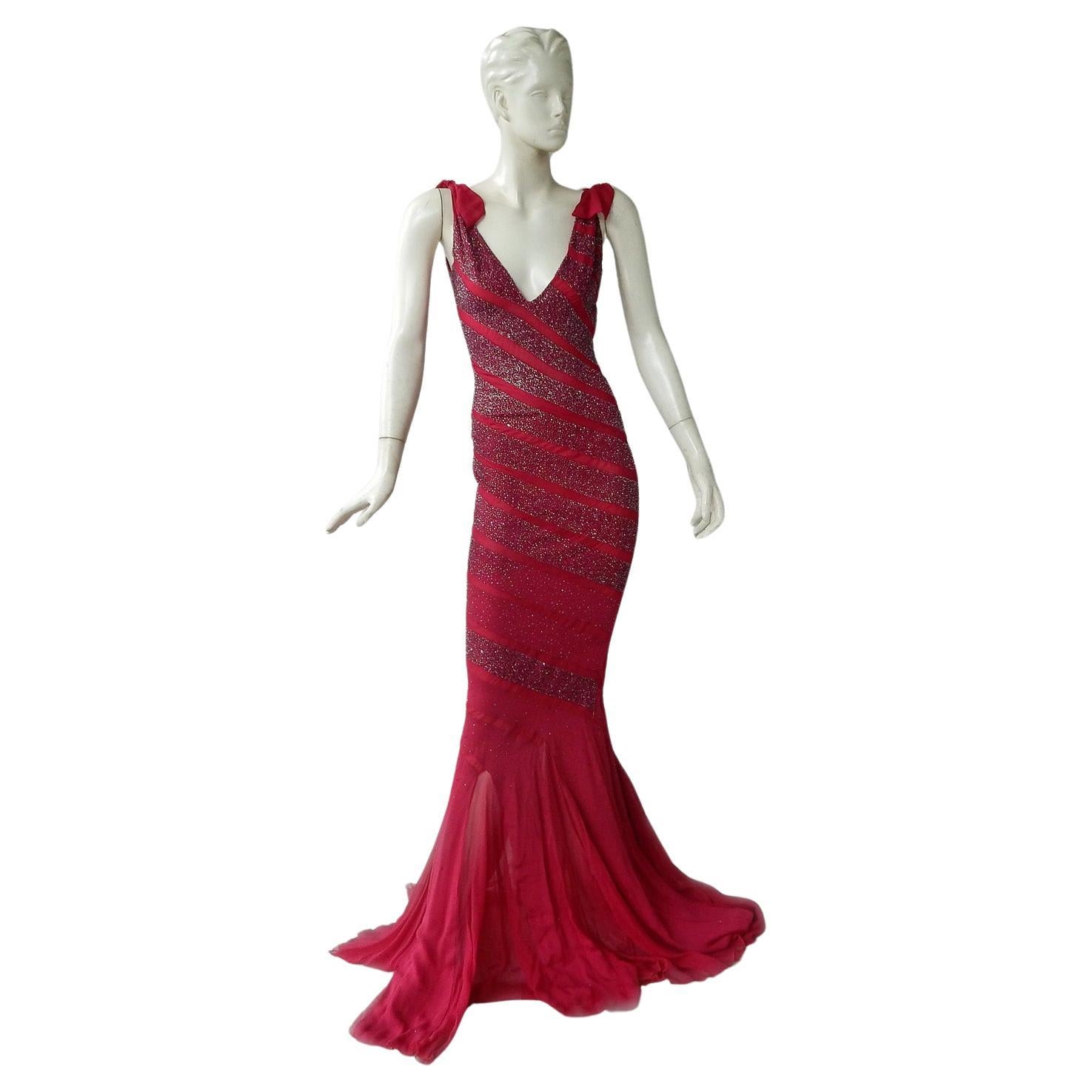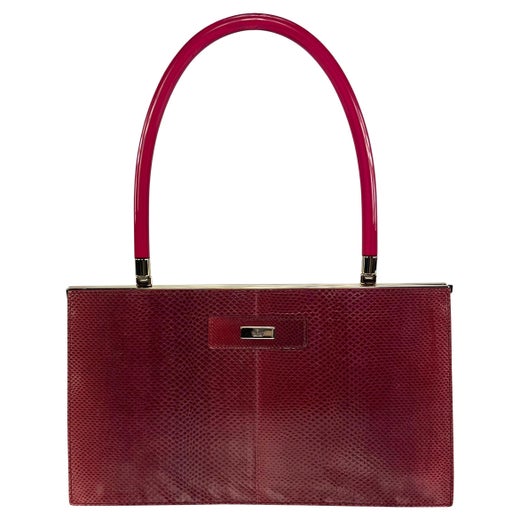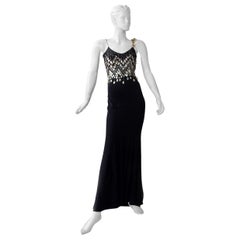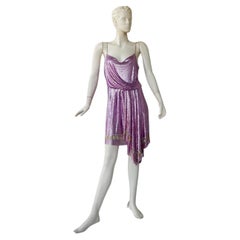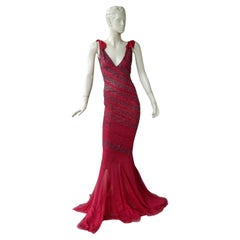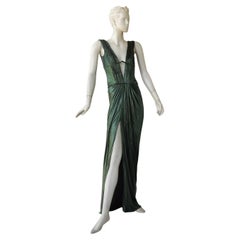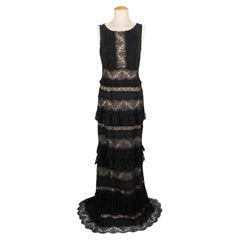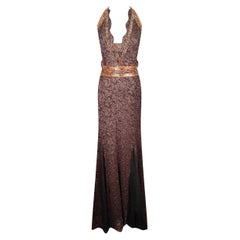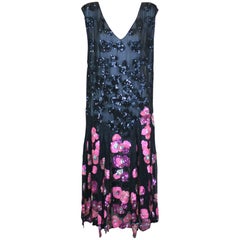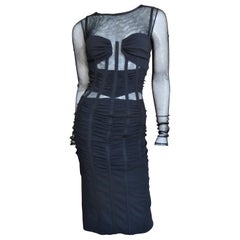Dolce & Gabbana "Naomi Campbell" Rare Runway Vintage Inspired Flapper Dress
About the Item
- Designer:
- Brand:
- Period:
- Condition:
- Seller Location:Los Angeles, CA
- Reference Number:1stDibs: LU19622737972
Dolce & Gabbana
Shapely lingerie models, animal and floral prints and the Mediterranean heritage of Sicily have come to define the romantic and sensual style of Dolce & Gabbana, a leading international brand that from its earliest days of corsetry, copious lace and provocative silhouettes has challenged fashion with an audacious vision for femininity.
After meeting in Milan in 1980 while they were both working for Italian designer Giorgio Correggiari, Domenico Dolce (b. 1958) and Stefano Gabbana (b. 1962) would go on to establish their eponymous fashion empire in 1982. Three years later, a breakthrough for the duo materialized in the form of an up-and-coming talent showcase at Milan Fashion Week, where they unveiled an approach to fashion design that broke sharply from that of the era’s reigning Italian houses. By then romantic partners as well as a business, Dolce & Gabbana were outsiders. Soon, their distinctive garments — sexy, feathery skirts and stretchy jersey evening dresses that favored full figures — demanded the fashion world’s undivided attention.
Though Dolce & Gabbana forged a path in womenswear that would take shape with a 1986 collection called “Real Women,” the brand’s offerings broadened quickly to encompass knitwear, swimwear, lingerie, ready-to-wear, menswear and perfume. In the early 1990s, Madonna helped catapult the luxury house to international stardom: The renowned singer and actress famously tapped the brand to create the looks for her 1993 tour “The Girlie Show.” It saw Madonna working closely with the designers and even starring in their ad campaigns. Dolce & Gabbana has continued to develop a high-profile clientele that includes pop sensations such as Beyoncé and Lady Gaga. The latter donned Dolce & Gabbana’s armor corset dress in the music video for her hit single “Paparazzi.”
Rather than following the rapidly changing trends of fashion, Dolce & Gabbana have instead held to their close-fitting tailoring and decadent designs. The house continues to work with recurring themes such as the culture of Italy and Catholicism, which is manifest, specifically, in their widespread use of black lace, a fabric that references the dresses worn by Sicilian widows. The duo is also inspired by Italian cinema and its icons such as Gina Lollobrigida and Sophia Loren; in 2015 they introduced the Sophia No. 1 lipstick in her honor.
Although Domenico Dolce and Stefano Gabbana separated as a couple in 2005, they continued their business as a creative partnership. In 2012, they closed their less expensive D&G ready-to-wear line to focus on exclusive extravagance, such as their Alta Moda custom pieces. Today, Dolce & Gabbana maintains a popularity with a wealthy clientele, and the house’s 2020s collections have featured technological experiments that update traditional styles, such as a bouclé jacket with a pixel-like pattern, as well as throwbacks to the 1990s fashion that made the brand a household name.
Find vintage Dolce & Gabbana handbags, day dresses, shoes and more on 1stDibs.
Gucci
Long before trend-bucking creative director Alessandro Michele brought his hallucinatory “Utopian Fantasy” campaign to Gucci, it was a modest Italian leather shop. Today, it’s an internationally renowned luxury house with an iconic logo, and vintage Gucci clothing, handbags and shoes are among high fashion's most covetable goods.
Guccio Gucci (1881–1953) admired the stylish suitcases he saw wealthy guests arrive with at the Savoy Hotel in London, where he worked as a bellhop. So, in 1921, after a stint at Franzi, a luggage company in his hometown of Florence, he opened a leather goods shop of his own.
At first, Gucci’s Florence business specialized in equestrian accessories. But as its reputation flourished, particularly among the English aristocracy, so too did its footprint. In 1938, he brought three of his sons — Aldo, Vasco and Rodolfo — into the business and expanded it to Rome and later Milan. In the mid-1930s, a League of Nations embargo against Italy pushed Gucci to experiment with alternatives to imported leather. Its woven hemp fabric from Naples, adorned with the brand’s signature diamond print, was a hit, especially among A-list celebrities. The material was first used on suitcases before finding enduring popularity on handbags. (No list of revered designer purses would be complete without Gucci.)
In the 1950s, Elizabeth Taylor carried one of Gucci’s bamboo-handled tote bags, another adaptation to material rationing. After Jackie Kennedy was seen sporting a slouchy Gucci tote in 1961, it was renamed for the First Lady. Then Grace Kelly, on a visit to the boutique in Milan, inspired Rodolfo Gucci to work with Italian illustrator and Gucci textile designer Vittorio Accornero on the Flora print in 1966. Taking cues from Sandro Botticelli’s Primavera, with its pattern of flora and insects, it was painted entirely by hand and featured no fewer than 37 colors.
In 1953, just 15 days after opening his first store on New York’s 5th Avenue, Guccio passed away at 72. The early 1970s saw store openings in Tokyo and Hong Kong, but by the late 1980s, Gucci was floundering. Rodolfo Gucci took charge in 1982, but family drama and lawsuits ensued. In 1993, Rodolfo’s son, Maurizio, transferred his shares in the company to Investcorp, ending the family’s involvement in Gucci. Dawn Mello, then-president of Bergdorf Goodman, joined as creative director in 1989. But it was Tom Ford, who took over as creative director in 1994, who ultimately revived the brand.
Ford’s racy ads, shot by photographers such as Mario Testino, stirred controversy. And his potent vision of sexed-up femininity — with “jewel-toned satin shirts unbuttoned to there,” as Vogue described his breakthrough 1995 runway show — was wildly successful. The new millennium brought new ownership — Pinault Printemps Redoute in 2004 — and a more toned-down vision from Frida Giannini, who became sole creative director in 2006. Alessandro Michele was named creative director in 2015, and the storied brand took a giant leap forward.
Find vintage Gucci clothing and accessories on 1stDibs.
- ShippingRetrieving quote...Shipping from: Los Angeles, CA
- Return Policy
More From This Seller
View AllEarly 2000s Evening Dresses
21st Century and Contemporary Evening Dresses
Early 2000s Evening Dresses
Early 2000s Evening Gowns
2010s Evening Dresses
Early 2000s Evening Gowns
You May Also Like
2010s Maxi Dress
Early 2000s Italian Evening Dresses and Gowns
Early 20th Century Evening Gowns
Early 2000s Italian Evening Dresses and Gowns
Early 2000s Italian Evening Dresses and Gowns
2010s Italian Cocktail Dresses
Read More
Gucci’s Anatomical Heart-Shaped Bag Is Surprisingly Romantic
Created during Alessandro Michele's tenure at the brand, this sparkling, whimsical minaudière feels just right for a night out.
Explore a Century of Gucci Fashion in London
The iconic Italian label’s traveling exhibition has just arrived in London.
